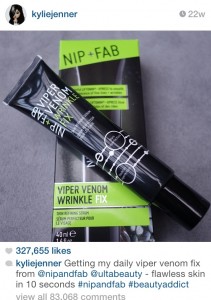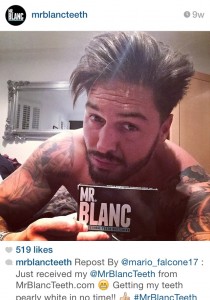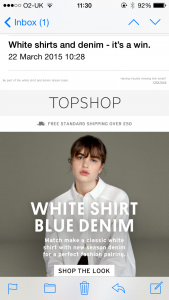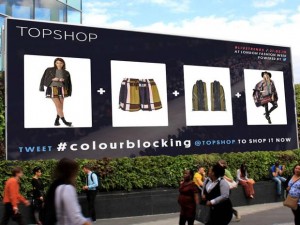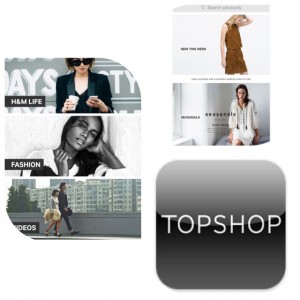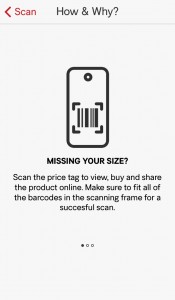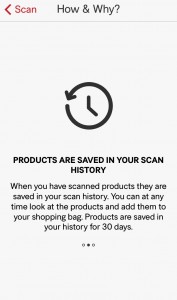With the never ending rise in celebrity driven social media where status is measured in the number of likes, favourites or retweets then it was perhaps inevitable that commercial exploitation would follow with the placement of products in tweets, Instagram photo’s or on Facebook. This new form of digital marketing blurs the line between traditional paid-for celebrity advertising, where all parties understood the sales concept, and the genuine endorsement of a product.
The repeated endorsement of specific product lines, with photo’s (as below) may suggest a clear commercial advertisement but the distinction is not always so obvious, the mentioning of a tour company who arranged a holiday or a restaurant visited is less glaring.
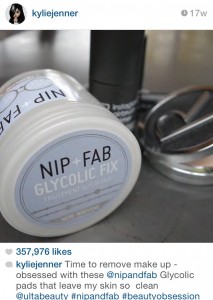
We now have a generation of celebrities who are famous for their social media presence and almost nothing else (Meldrum, 2014) so it would seem highly appropriate they exploit the opportunities that present themselves. The Kardashians, Zoella or the cast of Made in Chelsea have perhaps little in the way of an alternative career to jeopardise through their product placement, and they may feel it is almost impossible for them to lose credibility with their audience.
For the product seller the celebrity endorsement offers a quick access to the market, it takes minutes to Instagram a picture, and attachment to a cool celebrity, (Meldrum, 2014) once a fee is agreed then pictures, hashtags and links are provided to the Celebrity all to make the subsequent placement as easy as possible. Need it be expensive? Possibly not with lower level celebs accepting free product rather than a cash fee. In an age of diversified media where targeting specific groups is more difficult (Liu et al, 2014) these types of campaigns offer access to young and socially media savvy customers.
Monitoring the success of product placements campaigns may be more opaque but not impossible, the number of likes and retweets offer some evidence of interest in specific picture placements. Products advertised through more interesting and engaging formats have been found to have better recognition and customer reactions (Van Reijmersdal et al. (2010) citied by Liu et al. (2014) and interacting with a celebrity you admire on social media is clearly an engaging exercise for many.
In other instances the placement may be less overt, when Natalie Portman wore Tiffany jewellery to the Golden Globes in 2011. This was followed up by Tiffany with a social media campaign highlighting the tie-up (Zelesny, 2011). As with any celebrity endorsement the challenge for the advertiser is to find the right celebrity, that is one with a reputation and image that fits the product, is not prone to behaviour that would embarrass the Company and has the right demographic fan base.
In the future will Instagram, Tumblr or Twitter want a piece of the action? They provide the platforms and yet the revenues pass them bye. However with number of users driving social media company values this may be one revenue stream they can afford to live without.
REFERENCES
- Meldrum, R. (2014). The power of cool and product placement in social media. mUmBRELLA (online) Accessed: 31st march 2015 Available at: http://mumbrella.com.au/power-cool-product-placement-social-media-250291
- Liu, S. H., Chou, C. H., & Liao, H. L. (2015). An exploratory study of product placement in social media. Internet Research, 25(2). PP. 300-316
- Zelesny, E. (2011). Tiffany & Co. scores the ultimate product placement at Golden Globes. Luxury Daily (online) Accessed : 31st march 2015 Available at : http://www.luxurydaily.com/tiffany-co-scores-the-ultimate-product-placement-at-golden-globes/

